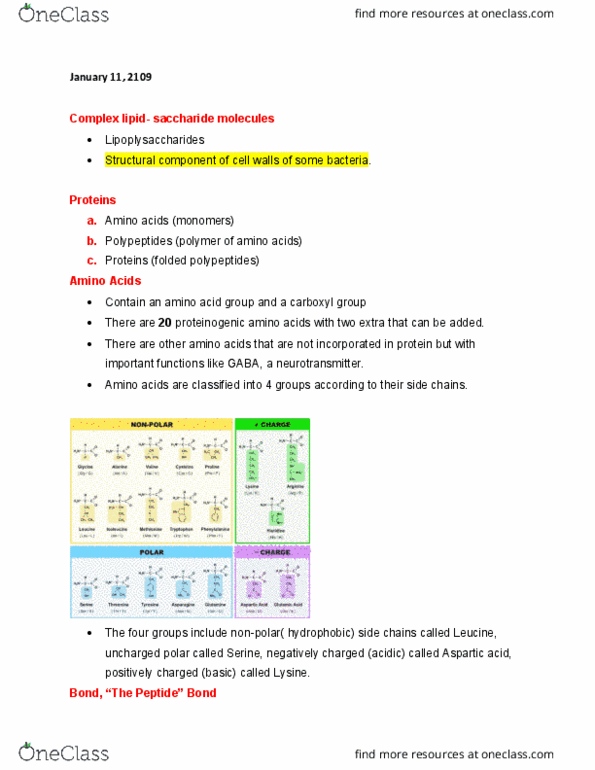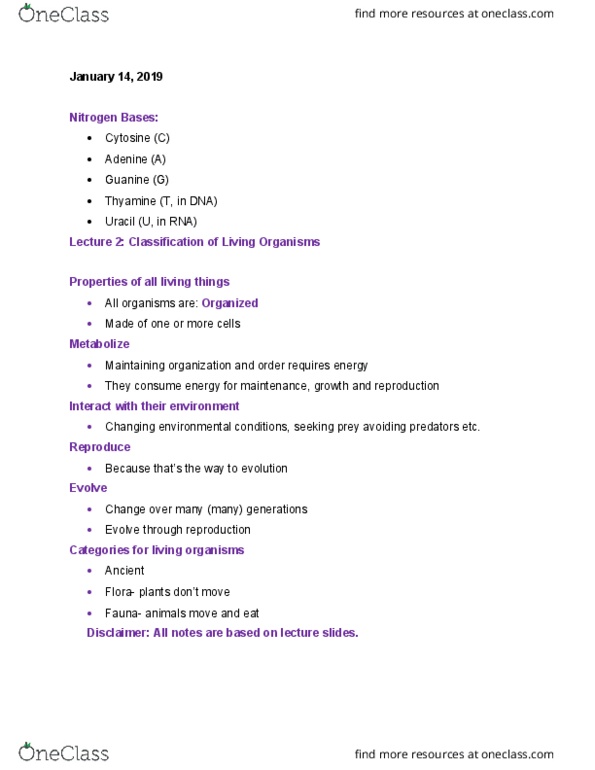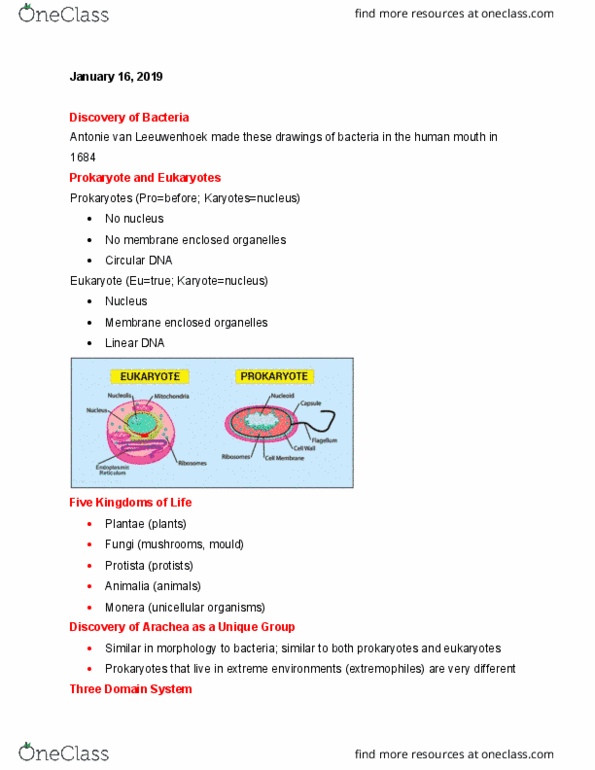Question 1
Which of the following provides the best description of adifference between prokaryotic and eukaryotic cells?.l.14.3>
The cell membrane of prokaryotic cells contains proteins, whilethe cell membrane of eukaryotic cells contains only lipids andcarbohydrates.
The DNA in eukaryotic cells is enclosed in the nucleus, whilethe DNA in prokaryotic cells is not separated from the rest of thecellââ¬â¢s contents.
Eukaryotic cells have cell walls that consist mainly of sugars,while prokaryotic cells do not.
Prokaryotic cells contain chloroplasts and mitochondria, whileeukaryotic cells do not contain specialized organelles.
Question 2
Cellular respiration is a process involving the breakdown ofglucose molecules in order to generate energy for cellularactivities. Given the general reaction below, which of thefollowing best describes the products labeled x andy?
C6H12O6 + O2 ââ â _x___+ __y___ + energy.l.18.8>
The products are CO (carbon monoxide) andH2O2 (hydrogen peroxide), which thendecompose into carbon dioxide (CO2) and water(H2O).
The products are H2O (water) and CO2 (carbondioxide), which then undergo anaerobic respiration.
The products are CO2 (carbon dioxide) andH2O (water), which then become the reactants forphotosynthesis.
The products are O2 (oxygen) and H2O(water), which are then used for growth and to keep the organismhydrated.
Question 3
If a researcher added a quantity of phospholipid molecules to abeaker of water, what would be most likely to happen to theorientation of the phospholipid molecules?.l.14.2>
They would break apart, and the remaining lipid tails wouldfloat up and form a layer on the surface of the water.
Their lipid tails would align within a spherical double layerwith their phosphate heads in the water inside and outside thesphere.
They would form a single-layered sphere with the phosphate headspointing outward and the lipid tails pointing inward.
Their lipid tails would adhere to the glass of the beaker andtheir phosphate heads would float in the water.
Question 4
While looking at a cell under a microscope, a scientist is ableto see a biological molecule. This molecule is a nucleic acid witha ladder structure and contains the nitrogenous bases adenine,thymine, cytosine, and guanine. Based on this information, whatconclusion can the scientist draw regarding this nucleicacid?.l.18.1>
The nucleic acid is RNA and would be found in the cellââ¬â¢snucleus.
The nucleic acid is RNA and would be found in the cytoplasm.
The nucleic acid is DNA and would be found in the cytoplasm.
The nucleic acid is DNA and would be found in the cellââ¬â¢snucleus.
Question 5
Which of the following is needed for cellular respiration tooccur?.l.18.8>
Sodium
Oxygen
Water
Nitrogen
Question 6
What would be the most likely effect if the side chain of an aminoacid group was unable to vary its structure?.l.18.4>
The organism would not be able to make and store starches.
The organism would not be able to process glucose moleculeseffectively.
The organism would not be able to regulate the creation ofspecialized cells.
The organism would not be able to make more than one type ofprotein.
Question 7
During photosynthesis, unused oxygen atoms form oxygen gas(O2) which is released as a waste product. How did theseoxygen atoms originally enter the plant?.l.18.7>
They were part of the ATP molecules gathered by thechloroplasts.
They were part of the sugar molecules(C6H12O6) the plant brought in forfood.
They were part of the carbon dioxide (CO2) moleculesthat entered through the leaves.
They were part of the water molecules (H2O) pulled inthrough the roots.
Question 8
Which of the following organelles houses DNA in eukaryoticcells?.l.14.3>
Endoplasmic reticulum
Golgi apparatus
Nucleus
Mitochondrium
Question 9
M. J. Schleiden shifted the scientific community's attention tocellular processes with his.l.14.1>
attention to disproving spontaneous generation
publication of ideas on cell generation
theories on the division of cells
claim that cells were the basic unit of all plant matter
Question 10
While the average human is able to hold his or her breath forapproximately one minute, a whale can dive for over 30 minuteswithout returning to the surface. Which of the following correctlydescribes this difference?.l.18.10>
Whales need less energy than humans.
Whales gather energy from their environment better thanhumans.
Whales are able to tolerate the products of cellular respirationbetter than humans.
Whales have a slower cellular respiration metabolism rate thanhumans.
Question 11
What can you conclude about the advantage of the cell membranehaving hydrophobic ends in the phospholipid bilayer?.l.18.3>
The cell requires the ability to digest and eliminateenzymes.
The cell requires a barrier between itself and itsenvironment.
The cell requires a means to store starches and glucose.
The cell requires a structure for eliminating waste.
Question 12
What would be the most likely outcome if the ribosomes of a cellwere damaged and stopped functioning?.l.14.3>
The cell would lose structure and shape.
Cell growth and repair would slow or stop.
Cell waste would no longer be processed.
The cell would produce more mitochondria.






